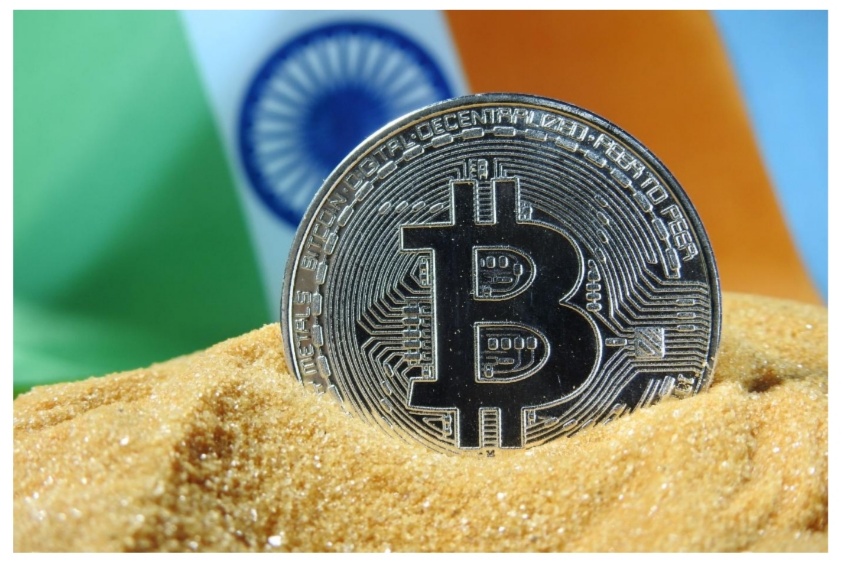Is the Bitcoin’s bull run justified or is it the latest Tulip Mania?
The first thought that comes to my mind in the question of prices is the Theory of Demand and Supply. Let us analyze the supply side first. The Bitcoin is not regulated by any Central Bank. Central Banks have the liberty to decide the volume of currency notes they print after the abolition of the Gold Standard in 1971. In contrast, Bitcoins are generated by the Bitcoin Algorithm, which can currently generate a maximum of 21 million Bitcoins. Bitcoins are generated by the algorithm as rewards to “Bitcoin Miners”. When any transaction in Bitcoin occurs, a complex mathematical equation, known as a “Hash Puzzle” is generated. This is circulated to all the miners, and the first miner to solve it wins a reward, i.e. the algorithm generates new Bitcoins which are credited to the miner. The “new” Bitcoins generated are commensurate the volume of transaction data mined, i.e. a certain amount of Bitcoins for every 1 MB “Block” mined. (Click here to know what is a “Block”). This system of a hash puzzle ensures that the transaction is confirmed by the system, eliminating the possibility of any “Counterfeit Bitcoins.” To understand better, imagine a system where whenever a transaction in Indian Rupees occurs, the note number (Hash Puzzle) is sent to representatives of the Reserve Bank (Miners). The representative who confirms the transaction first is paid by printing new currency notes (New Bitcoins generated by the algorithm).
The rewards to Bitcoin miners halve every four years. Experts correlate this characteristic to gold, which is easy to extract from a new mine, but becomes difficult over time. Therefore, currently only around 18.5 million Bitcoins have been generated. Further, mining is not an easy task, as it has many pre-requisites and rare chances of profit. All these facts indicate one common conclusion – The supply of Bitcoin is limited.
On the demand side, restrictions imposed by various governments on crypto-currency decreased over time. Further, crypto-trading facilities developed. Large players like J.P. Morgan, whose CEO had previously called the Bitcoin “A Fraud” have also expressed interest in the new asset class of crypto-currencies and also are believed to trade in cryptocurrencies. In 2020, with the Covid-19 induced economic slowdown, Bitcoin emerged as the “New Gold”. Historically, gold prices have always been high during economic slowdowns. During recessionary periods, when deposit rates drop due to easy monetary policies, businesses go bankrupt, and real estate experiences a slump, gold is traditionally seen as a “Safe Haven”. With Pandemic imposed restrictions on movement, the Bitcoin is the “New Digital Gold”. Another probable reason for excessive demand for the Bitcoin is the Millennial FOMO – i.e. The Fear of Missing Out. In the Indian context, this FOMO was further ignited when the Supreme Court quashed the Reserve Bank’s orders that prevented banking funds to be utilized for crypto-trading. These factors reason the high demand for Bitcoin.
This High Demand-Limited Supply is the most apparent reason for the Bitcoin’s bull run.
Coming back to the Tulip Mania metaphor – what can we expect of the Bitcoin in the future? Reports predict that the last out of the 21 million bitcoins will be mined only in 2140. This indicates that supply in the near future will be limited.
On the demand side, as acceptance of cryptocurrency increases, demand can theoretically be said to rise. As per a report of the Bank for International Settlements, 80% of the total central banks worldwide are believed to be engaged in working towards some form of digital currency. Further, Joe Biden’s investiture as the President of The United States of America is seen as a positive sign for the cryptocurrency market, as stakeholders believe that his administration will work towards developing advance policies.
One may argue about how the Bitcoin will be an outlier in a market with seemingly low barriers to entry, as new cryptocurrencies can be introduced without many regulations. Bitcoin clearly has the first-mover advantage here, which also makes it the largest cryptocurrency by market capitalization. Further, a poor regulatory mechanism makes majority investors less likely to invest in new cryptocurrencies.
The intrinsic value of the Bitcoin is similar to that of fiat money – Zero. Bitcoin, just like fiat money gains it’s value from the trust it’s issuer commands. Currently, I view investor’s FOMO rather than trust as the main driver of value for Bitcoin.
The bull run of the Bitcoin is likely to continue until either its demand falls, supply rises or it’s sheen wears away – Which I believe is unlikely to happen soon.
But yes, cryptocurrencies are subject to market risks. Past performance may not continue in future!
(Priya DCosta is a Chartered Accountant and Fintech Enthusiast)
Literary Sources:
https://www.mmtimes.com/news/why-bitcoin-soaring.html
https://www.investopedia.com/tech/how-does-bitcoin-mining-work/
https://goldprice.org/spot-gold.html
https://www.bis.org/publ/othp33.pdf (Page 7)
https://fortune.com/2020/11/11/biden-presidential-win-seen-as-a-good-thing-for-cryptocurrency/
Image Sources:
Bitcoin : https://finance.yahoo.com/video/bitcoin-prices-could-really-haywire-174929393.html
Coindesk: https://www.coindesk.com/price/bitcoin
Bull Run : https://www.canva.com (Free Images)




